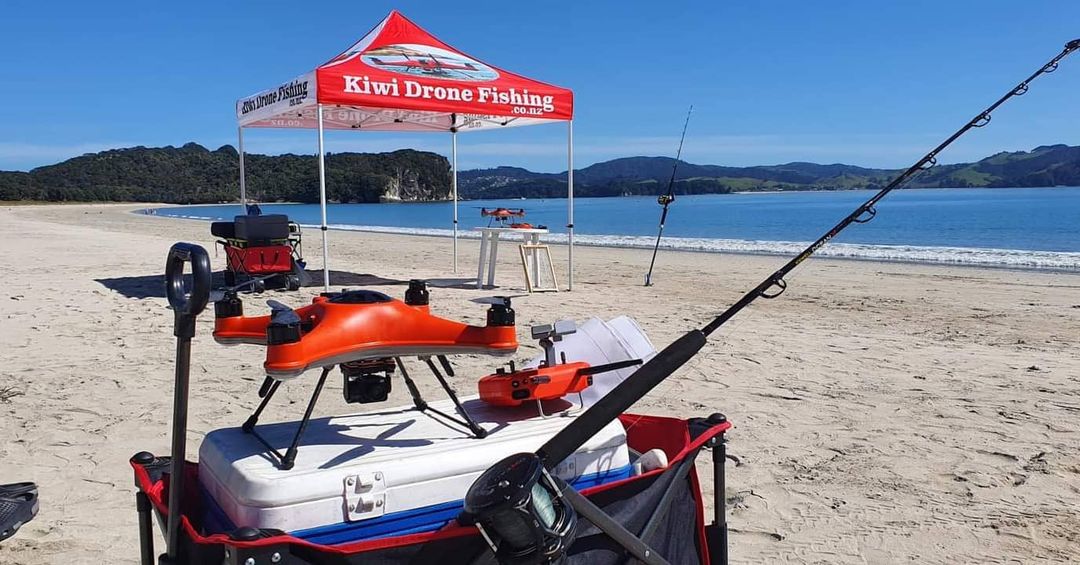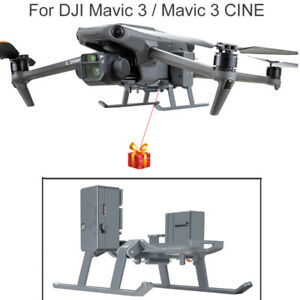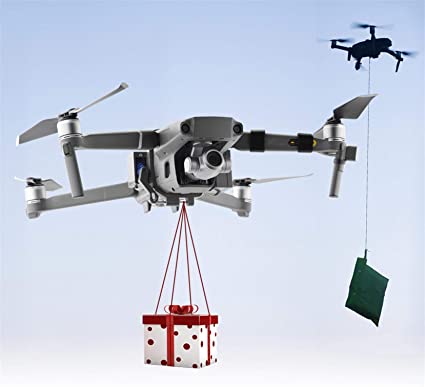
A drone can be used to view the water around your property if you're a keen fisherman living in Australia. There are many features that drones have, such as a mechanical payload release and an angle adjustable camera, GPS positioning, and a GPS receiver. Fishing lines can be purchased that are extremely stable and secure. The SKY RIGGER drone is one such example.
SKY RIGGER drone fishing line
The SKY RIGGER, a flexible fishing system for drones, allows you fish from the air using minimal effort. The system features two rotating leg clamps that can attach to various drone models. The release mechanism is designed with a bayonet-style connection and a cam-lock arm to open the line clamps quickly. Sky RIGGER doesn't require batteries unlike other drones. This drone can take all kinds of fishing techniques and is safe.
For when a fish strikes your fly, the SKY RIGGER features an automatic release mechanism. You can also manually release the line using your hand or rod. This feature is standard on all SKY RIGGER models. It is highly recommended that you buy a Phantom 3 before buying the new SKY RIGGER. Here are some pros and cons to the new line system.
It can be set up to release a payload mechanically
One of the most important features of a good drone is its mechanical payload release. Many are designed to make it easy for anglers to remove their fishing line. Some models don't have a release mechanism. To release the drone, one must "yank" the fishing lines. This can be difficult, especially for those who aren’t used to releasing the line with their hands.

Its payload release function is another important feature. The drone should have the ability to release its payload when it strikes a fish. It is important to practice catch and release fishing before trying this method, as you can't simply pull the fish to shore and release it back into the water. Several people have reported good results with the DJI Phantom drone. However, the technology is not yet up to the standard of other fishing drones.
It comes with a GPS location system
Rippton, an Australian and Dutch joint venture, specializes in technology-oriented fish products. It was founded to improve the success rate of anglers by creating products that increase the enjoyment of fishing. Rippton's Mobula drone features a GPS positioning system and a remote release. The Mobula is able to hold bait on the surface, resist kite clips and is environmentally friendly.
It is lightweight at just 3 pounds and can fly up to 18 minutes. It also has a high-tech GPS system, allowing it to be controlled from 2,000 yards away. It has a range of 1000 meters, or half a mile, and is equipped with intelligent flight modes. Its point-of-interest feature allows it to capture high quality images of its surroundings. You can get amazing views of fish with its high-resolution camera.
It has a failsafe feature
The Aerokontiki fisherman drone comes with a failsafe feature: it monitors the battery level and releases the fishing line when needed. It will return to dry ground if it experiences a battery failure and continue its mission. It has industrial-grade flight controls and can operate wherever it goes without recalibration. You can use the drone even in the most treacherous water spots.

FAQ
Is it possible to fly my drone in my backyard?
Yes! These are known as UAVs (unmanned air vehicles). There are many options for drones, from small quadcopters to larger fixed-wing aircraft. The FAA recently released new rules for commercial UAV use, meaning that they are now legal to fly for business purposes. But, it is important to note that UAVs being flown near airports can interfere with air traffic control systems. Before you operate one, you need permission from local authorities.
What are the laws around flying drones?
The Federal Aviation Administration (FAA), oversees all aspects of drone operation in the United States. You must first obtain a FAA certification before you can operate a drone commercially. After that, you must pass an exam and complete a course to learn piloting skills. Finally, you must pay a fee to the agency.
Are drones permitted at public events?
As long as you comply with the rules, drones can be flown anywhere. You will need to get approval from event organizers if your drone is going to be flying during public events such as a parade, festival or concert.
What is the law regarding drones flying over private property
Recently, the FAA released new rules for commercial drone operations. These rules only apply to UAVs less than 55 lbs and lower than 400 feet above the ground. Commercial operators must register with the FAA and obtain a license from the agency. They must also obtain permission from local authorities if they plan to operate in restricted areas, such as airports.
Statistics
- According to the multiple listing service (MLS), houses and apartments with drone photographs are up to 68 percent more likely to sell than those without pictures. (thedroneu.com)
- With the top 10% making over $100/h and the bottom 10% making as low as $10/h. (dronesgator.com)
- According to Indeed, a drone pilot gets paid $25.73 per hour on average in the US. (dronesgator.com)
External Links
How To
How to Fly Drones With Beginners
A drone is a remote-controlled aircraft used for aerial photography, cinematography, surveillance, scientific research, and hobby purposes. Drone technology has existed since World War II. DJI's Phantom series of quadcopters was the first to be commercially used. Many types of drones have been made available since then, from beginner-friendly models such as the Parrot AR Drone 2.0, to high-end multi-rotor craft such as the DJI Mavic Pro.
There are many methods to fly a Drone, including
-
Remote control – This technique uses a control device attached directly to your hands that allows you steer the drone around its flight path. There are two types of controllers available: joysticks and on/off switches.
-
Manual Control – This method lets users remotely control the drone by using a smartphone app. The app will provide instructions and help you to locate the drone.
-
Autonomous flight - The drone takes over the piloting duties. It's basically flying autonomously without any human intervention. It must have a builtin camera, sensors capable of taking images and data to enable autonomous flight.
-
Triggered flight - This is similar to manual control except that the pilot sets up a preprogrammed route and the drone follows the route until it reaches its destination. After the preprogrammed route is complete, the drone will automatically land and return to its base.
-
Landing Gear – A few drones come with landing gear. This allows them land safely in the event of losing power or running out of battery.
-
Goggles - Pilots may wear goggles to shield themselves from flying debris.
-
Camera - Certain drones come with cameras that allow you to take photos and videos from high above.
-
Obstacles. Some drones can have obstacle avoidance technology that stops them from hitting obstacles.
-
Speed - Some drones can reach speeds of over 40 mph.
-
Battery Life - Most drones can last between 20 minutes to 3 hours, depending on how much power you're using.
-
Some drones are capable of traveling up to 30 miles depending upon their make and model.
-
Power source: Some drones will require an external power source while others can be powered by internal batteries.
-
Weight – Some drones are less than one pound, while other models can be up to four pounds.
-
Size - The size of drones varies from small, easily carried devices to more substantial crafts that weigh in excess of 50 pounds.
-
Price - All drones fall within a specific price range, from high-end models that can cost thousands of dollars to lower-cost options starting at $100.